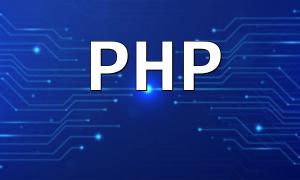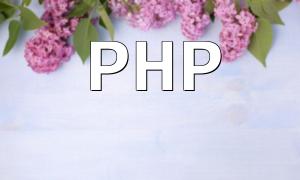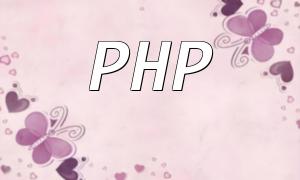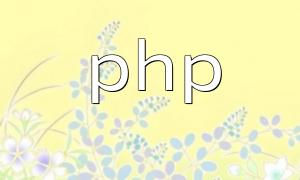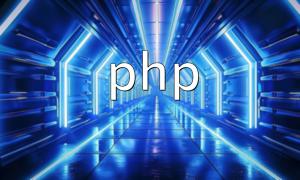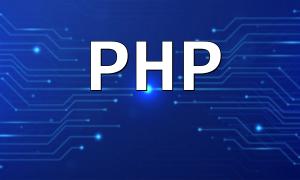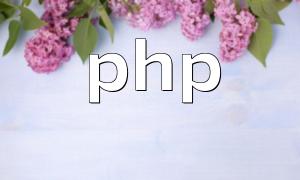When developing PHP applications on macOS, ensuring that the system can correctly recognize the PHP command is crucial. By default, macOS might not include the PHP executable in its environment variables, which can prevent you from using PHP in the terminal. Properly configuring the path enhances your workflow and minimizes errors.
Start by checking if PHP is installed on your system. Run the following command in the terminal:
php -vIf the command outputs version details, PHP is installed. If you see a “command not found” message, PHP needs to be installed.
If PHP isn't installed, you can easily install it using Homebrew. Run this command in the terminal:
brew install phpAfter the installation is complete, run php -v again to confirm it's working. The typical default path for PHP is:
/usr/local/bin/phpOnce you’ve located the PHP path, the next step is to add it to your system’s environment variables. Depending on your shell, edit the appropriate configuration file:
nano ~/.bash_profileOr, if you're using Zsh:
nano ~/.zshrcAt the bottom of the file, add the following line:
export PATH="/usr/local/bin:$PATH"Save and close the file (press CTRL + X, then press Y to confirm in nano). Then, apply the changes with one of the following commands:
source ~/.bash_profileOr:
source ~/.zshrcTo confirm that the PHP path was added successfully, run:
echo $PATHMake sure that /usr/local/bin appears in the output. You can also rerun php -v to ensure that PHP can now be executed properly.
Properly configuring the PHP path on macOS is an essential step for any developer working with PHP. By following the steps above, you can make sure your development environment runs smoothly. Whether you're setting up for the first time or refining an existing setup, this guide helps ensure your tools are working efficiently and reliably.

